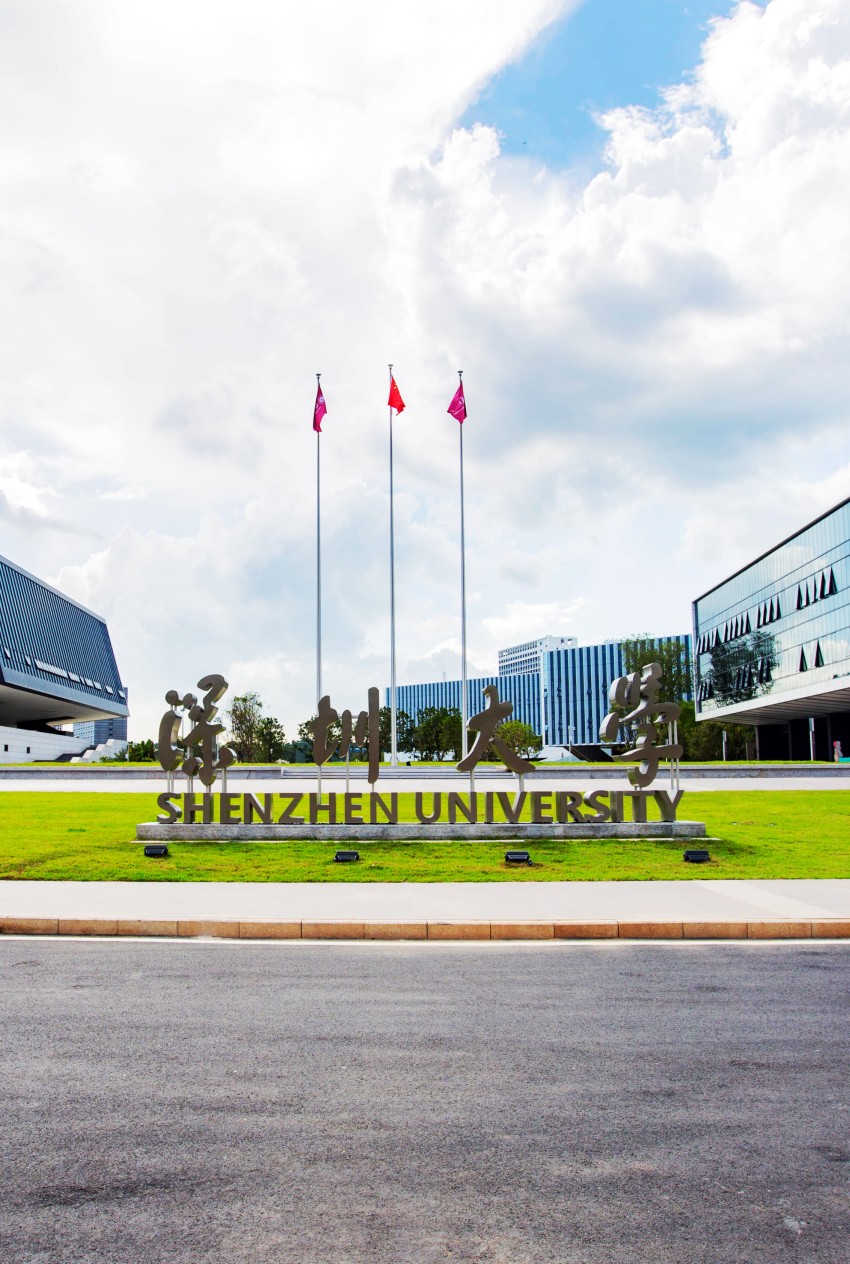The development of multi-resonance (MR) organic electroluminescent materials has greatly advanced the progress of organic light-emitting diode (OLED) panels for achieving ultra-high-definition displays. Thanks to the narrow emission spectra and thermally activated delayed fluorescence (TADF) properties of multi-resonance emitters, such materials have the advantages of narrow-band emission and high luminescent quantum efficiency. However, there are some troublesome problems within the emitters. On the one hand, the slow reverse intersystem crossing (RISC) processes within the emitters results in serious efficiency roll-offs at high brightness and inferior device stability. On the other hand, the rigid and planar structures of multi-resonance molecules lead to severe aggregation-caused quenching (ACQ) effect. Therefore, a new narrowband OLED that can simultaneously prolong the device lifetime and mitigate the ACQ effect remains highly desired.

In response to the above issues, a "dual steric and electronic effects " strategy was proposed by the team of Professor Chuluo Yang and Professor Kai Li from Shenzhen University. This strategy brought two advantages by ingenious molecular design. First, the introduction of a new through-space charge transfer (TSCT) state energetically between the first singlet excited state (S1) and the first triplet excited state (T1) localized on the B-N core can facilitate the RISC process. Second, the steric effects of the lateral donors are conceived to block inter-luminophore interactions and thus mitigate the concentration quenching for typical B-N MR emitters. The prepared pure green OLED device achieved maximum external quantum efficiency (EQE) of up to 31.7% with a high brightness of ca. 128153 cd m-2, and exhibited a good operational stability with LT95of 85.2 h at an initial luminance of 1000 cd m-2. Meanwhile, the heavily doped device showcased maximum EQE of 26% along with the maximum luminance of ca. 72000 cd m-2, and the observation suggested that the present molecular design effectively inhibited intermolecular interactions and reduces the ACQ effect.
Recently, a research paper titled "Regulate Multiple Resonance Delayed Fluorescence via Through-Space Charge Transfer Excited State towards High-Efficiency and Stable Narrowband Electroluminescence" was published online on 18 October 2023, in the prestigious chemistry journal Angewandte Chemie. This work received strong support from the National Natural Science Foundation of China, the Guangdong Provincial Committee of Basic and Applied Basic Research, and the Shenzhen Municipal Science and Technology Innovation Committee. Please refer to the following link for the full text:https://doi.org/10.1002/anie.202310943.
